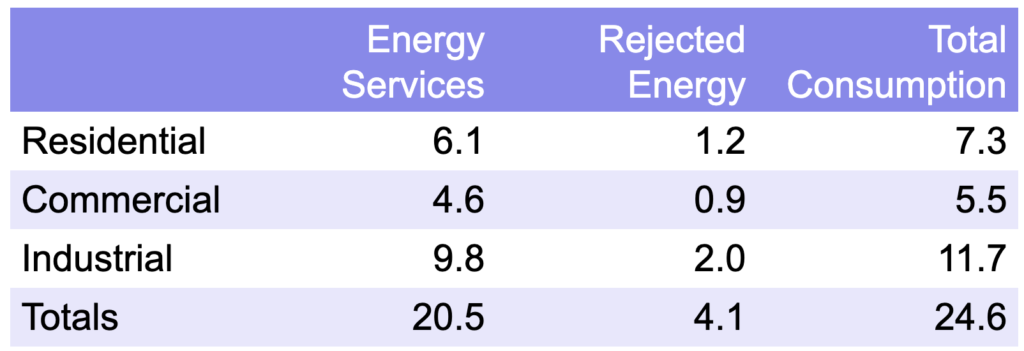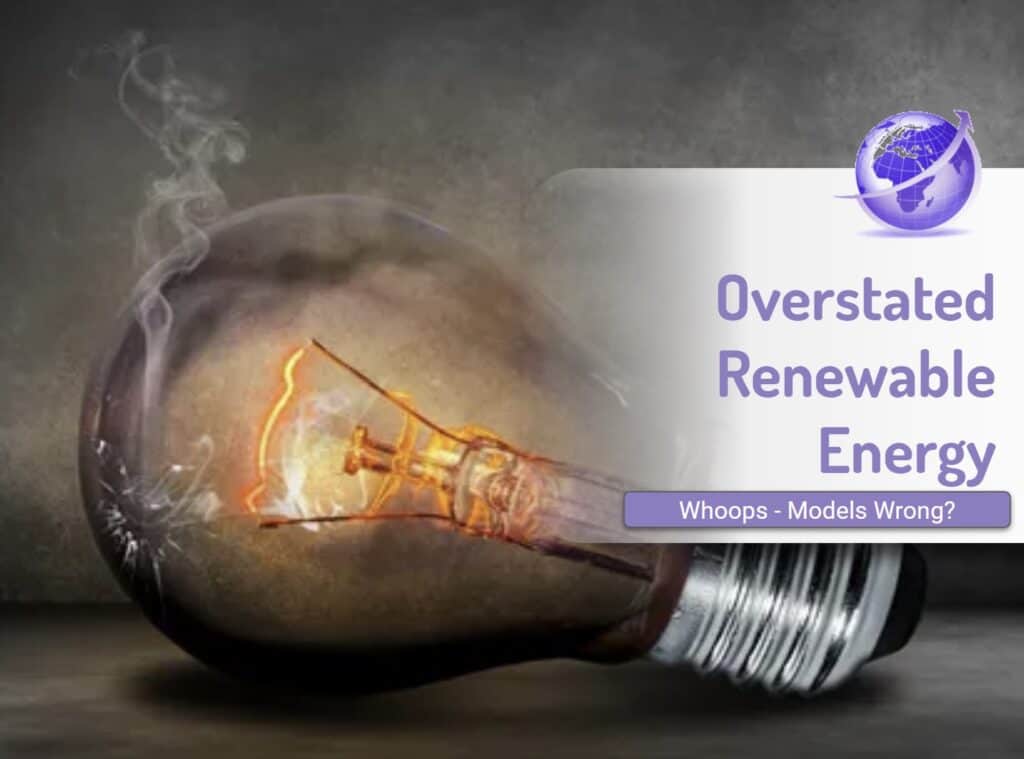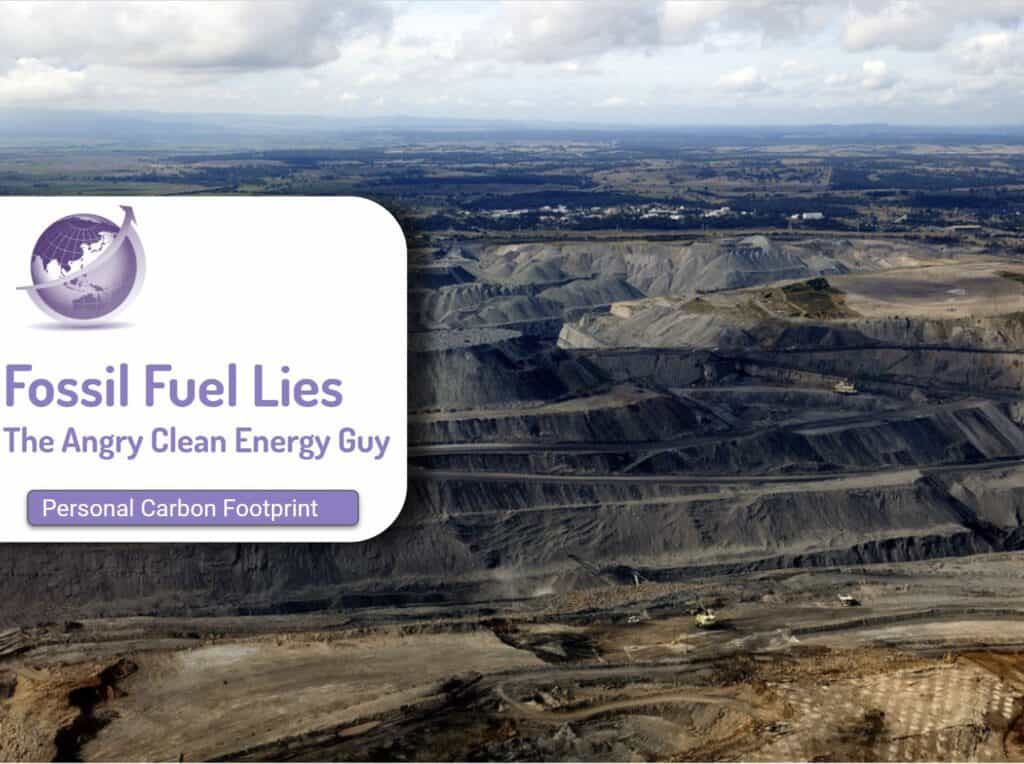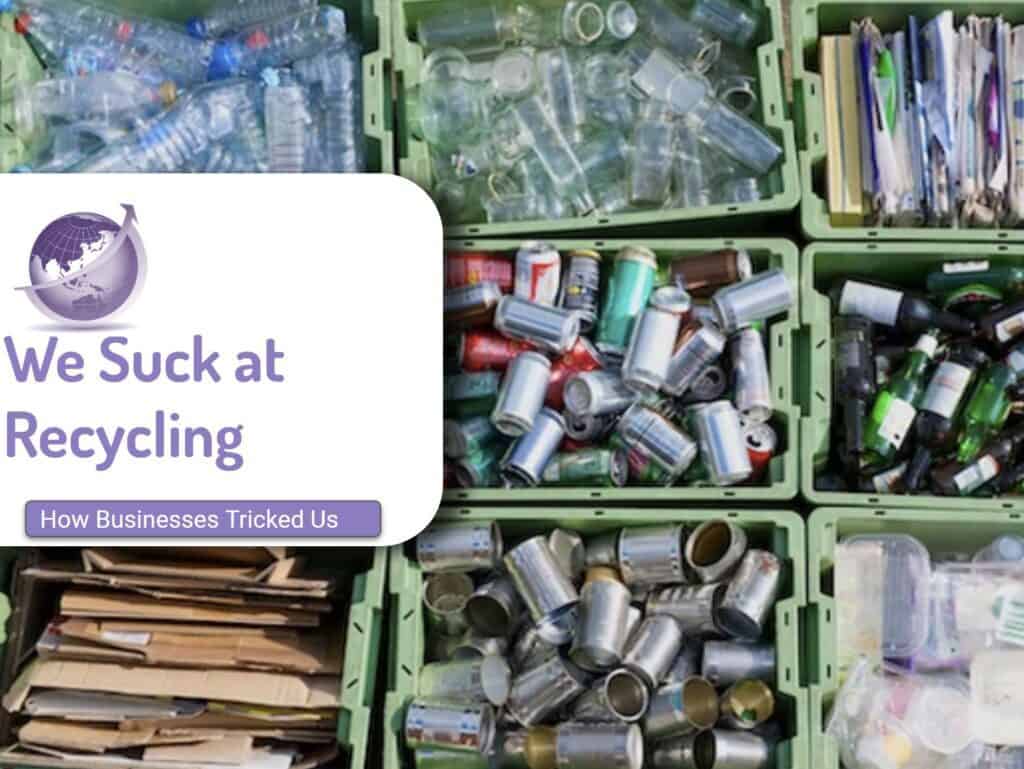Are estimates of Renewable Energy overstated by 45%? Michael Bernard in CleanTechnica Michael Barnard said his light bulb moment came when he realised there is a huge energy wastage with fossil fuels. This lightbulb moment means you don’t need to build out billions of new RE.
Most models have at their core, the replacement of fossil fuel with renewable energy on a 1:1 replacement. Over 45% of fossil fuel energy fuel is wasted (Sankey diagram). The very large “rejected energy” is the inefficiency of using fossil fuels. Renewable energy does not have that waste Moreover, heat pumps actually negative – they are 3x better!.

Update 2024
The Just Have a Think channel (Dave Borlach) has a good short video introduction into energy efficiency. He describes “Jevons Paradox” that says the more efficient and cheap we make things, the more we consume. He details the IEA Energy Efficiency Report, released prior to COP28. Americans spend $350 billion a year on electricity, and just 25% of the money they spend is actually energy. The rest is wasted. Read more here https://www.iea.org/reports/energy-efficiency-2023.
Doubling efficiency progress could cut energy bills by one-third and make up 50% of CO2 reductions by 2030.
IEA Energy Efficiency 2023 https://www.iea.org/reports/energy-efficiency-2023
Australia Energy Flows
Dr Saul Griffiths in his work on Rewiring Australia has a similar chart for emissions.


Australia AEMO Model Assumes 2.5 Times More Energy Needed
Australian modelling shows projected energy demand out to 2050 to increase by 2.5 times from 80GW out to 250GW. Demand is currently about 18-22GWh at peak. Coal and gas have capacities that often do not exceed 50%, Wind is about 60% capacity, and solar 40%.

Estimates of Renewable Energy Overstated – Why?
Electrification and heat pumps radically reduce the need to build new primary energy sources for wind, solar, nuclear, hydro, and geothermal. Is this the likely outcome? No, not at all, at least not in the US by 2050. Jevons Paradox is human nature. People will open windows in the wintertime while turning the heat up. Fixing industrial heating faces many headwinds.
Much energy is lost or “rejected”. In 2022, USA only uses 57% of coal and gas (rocks) burnt. Over 20 Quads (Quadtrillion BTUs) is not needed in a new energy system. Rejected energy is down to just 4 Quad (16% of total usage.) Yet every commentary is that we have to build out the full 46.6 Quads., not the 24.6 (I.e. 45% less ).


Heat Pumps – Primary Cause Why Estimates of renewable energy are Overstated
Heat pumps can provide significant energy savings compared to traditional heating and cooling systems. According to the U.S. Department of Energy, a well-installed and maintained heat pump can reduce energy consumption by up to 60% compared to electric resistance heating, and up to 30% compared to air conditioners. However, the actual amount of energy savings will depend on several factors, including the climate, size of the building, and the efficiency of the heat pump system. Moreover, higher efficiency heat pumps are on their way (such as Blue Heart energy heat pumps)
Heat Pump for Hot Water
In Australia, hot water accounts for up to 40% of current domestic energy usage in many areas. Changing from resistive heating to heat pump, where 1 unit of energy provides 3 units of heat is would reduce energy demand by 20%. Movig that to midday usage soaks up over capacity during the “duck curve”. No batteries need. Convective heating, is a 1 to 1 electricity input to heat output. Heat pumps need a third or a quarter of the electricity needed. Technology such as CSP and storage of heat in salt batteries at 400o C is an alternative for some applications. Green Aluminium is an Easy Technology change. Renewable energy can reduce cement production emissions.
Waste Heat – from Burning Rocks
Most ignore the waste in fossil fuel.Elon Musk at Investors Day in March 2023 put up this graphic of an electric car versus the same size ICE car.

More Reading
- Prof Mark Jacobson 2023. No Miracles Needed
- Tony Seba, Rethink X https://www.rethinkx.com
- Dr Saul Griffiths, Rewiring Australia https://www.rewiringaustralia.org.au









